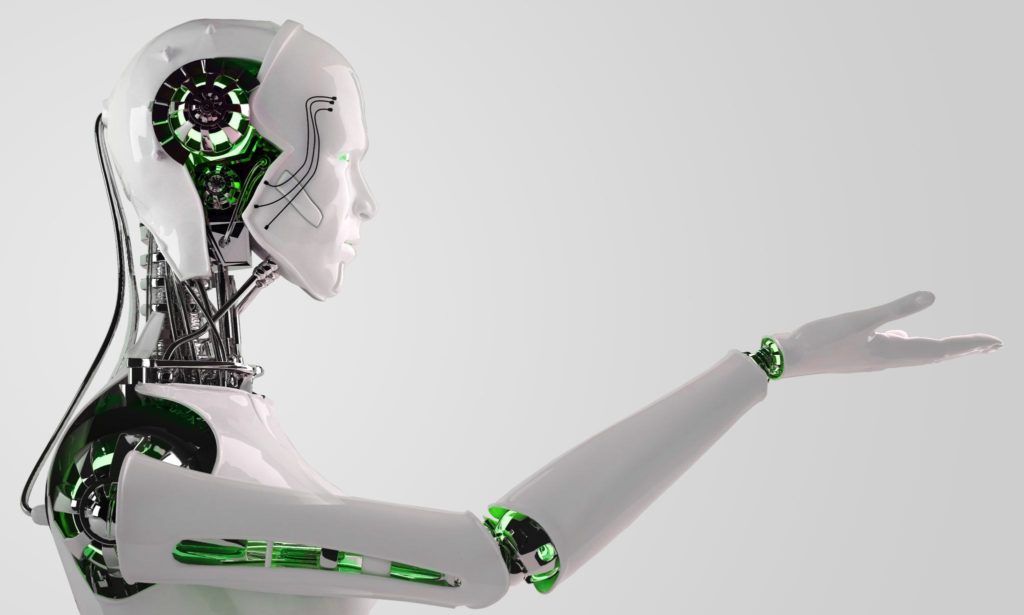The future is no longer on its way. It’s here. Take these recent news items, for example: Las Vegas just launched the first electric autonomous shuttle on American roads. Airbus announced that they’ll test the first autonomous flying taxi by the end of 2017.
These are some of the cooler signs of the Fourth Industrial Revolution—powered by the radical technological advancements of AI, IoT, robotics, automation, quantum computing, biotechnology and more.
The fact that many of us can already turn up the heat or unlock the front door on the drive home from work, or from another state—or country!—is a sign of Industry 4.0 technology in action. Amazon using robots in their warehouses to manage inventory is another sign (scaling a 75-minute process done by humans down to 15 minutes). A LiquidPlanner manufacturing customer recently told us that using a 3D printer scaled a three-week process down to three days.
3D printers are also going to be able to produce complex projects in one place—from furniture to medical devices to prosthetic limbs. This means consumers will be able to buy the products they want with the functionality and design they need—at the same speed as something that is mass produced.
It’s exciting to be on the forefront of a new Industrial Revolution. It also means many of us working at jobs all over the world will be facing new fascinating challenges: around managing projects, distributing work, communicating among teams and being productive at a higher rate than ever—with a lower ratio of people power. The good news is we’re all in this together.
In our latest eBook, Are You Ready for the Fourth Industrial Revolution?, we take a look at what it means to thrive in Industry 4.0, and what tools are necessary to keep up with new world market demands.







